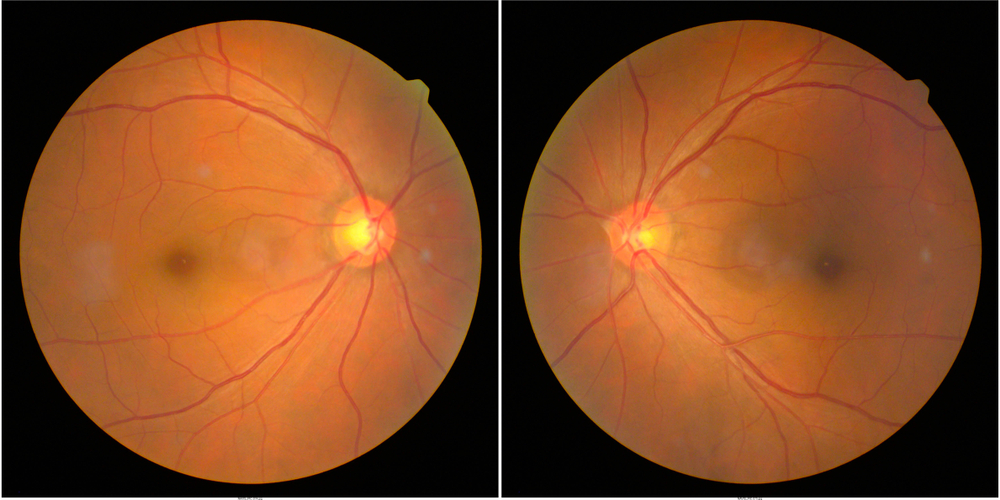
Hypertensive retinopathy is a condition that affects the blood vessels in the retina. It is caused by high blood pressure which puts excessive pressure on the blood vessels throughout the body, including those in the eyes. Over time, this increased pressure can damage the delicate blood vessels in the retina, leading to hypertensive retinopathy.
Hypertensive retinopathy is primarily caused by uncontrolled high blood pressure. When blood pressure remains consistently high, it puts strain on the walls of the blood vessels, causing them to narrow and become damaged. Over time, this damage can lead to the formation of small bulges called microaneurysms, as well as leakage of blood or fluid into the retina. These changes can disrupt the normal functioning of the retina and impair vision.
Other factors that can contribute to the development of hypertensive retinopathy include smoking, obesity, a sedentary lifestyle, a diet high in sodium, and certain medical conditions such as diabetes and kidney disease. It is important to manage these risk factors and take steps to control blood pressure to reduce the risk of developing hypertensive retinopathy.
In the early stages of hypertensive retinopathy, there may be no noticeable signs or symptoms. However, as the condition progresses, the following symptoms may occur:
If you experience any of these symptoms, it is important to seek medical attention promptly. Early detection and treatment can help prevent further damage to the retina and preserve vision.
Regular eye exams are essential for the early detection of hypertensive retinopathy. This examination may include the following steps:
Once hypertensive retinopathy is diagnosed, the eye doctor will determine the severity of the condition and recommend appropriate treatment options. These may include lifestyle changes to manage blood pressure, medication to lower blood pressure, or referral to a specialist for further evaluation and management.
Hypertensive retinopathy is a condition that affects the blood vessels in the retina, caused by high blood pressure. By incorporating regular eye exams into your healthcare routine, you can take proactive steps to protect your vision and overall eye health. Early detection and intervention can make a significant difference in preserving your vision.
Schedule your next eye exam to ensure early detection of hypertensive retinopathy and preserve your vision and eye health, visit Nash Eye Care at our office in Nash, Texas, or call (903) 741-7720 book an appointment today.